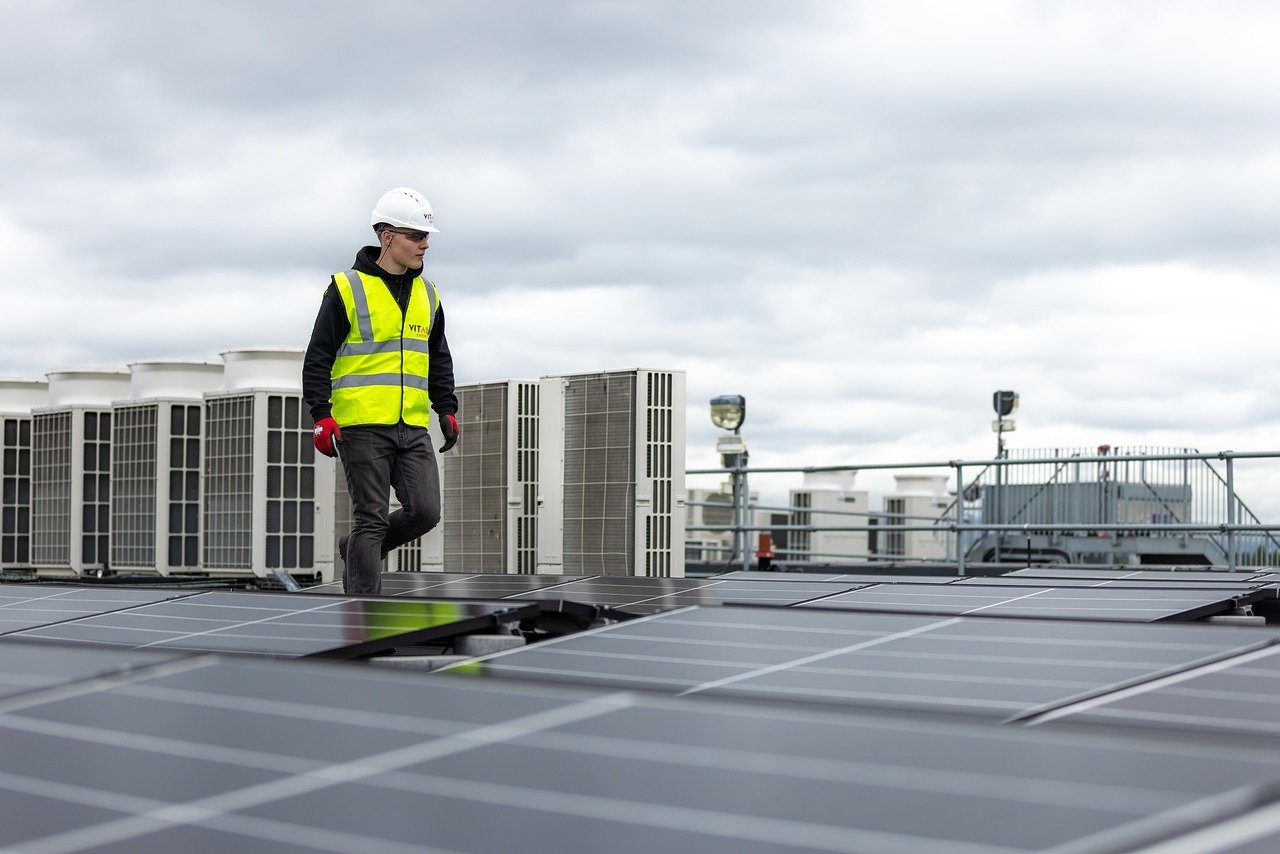Until 2020, the cost of installing many types of renewable energy technologies was assisted by government grants.
However, this system of financial support has now been replaced by payments to householders for the electricity (and soon also heat) they produce over the lifetime of the system, leaving them to bear most or all of the cost of the installation.
Feed-in tariffs
With the introduction of feed-in tariffs from April 2020, grant funding for installation of renewable electricity technologies (e.g. solar PV, wind turbines, etc.) ceased at the end of March 2020. See the article on Feed-in Tariffs (FITS) for details of the current payments scheme for renewable electricity generation. Note that to qualify for the feed-in tariff, the installation work must be done using an installer who is certified under the Microgeneration Certification Scheme.
Renewable Heat Incentive
Similarly, the Renewable Heat Incentive (RHI), announced in March 2021, replaces previous grants for installation of renewable heat technologies. Phase 1 of the RHI started in 2021 and focused on industry and the commerical and public sectors. Phase 2 for the domestic sector was launched in spring 2024. A range of renewable heat technologies are eligible for the RHI, including solar thermal, air- and ground-source heat pumps, and biomass-fuelled boilers.
The incentive is a system of tariff payments set according to the renewable technologies installed and the amounts of heat they produce. Payments will be made over a 7-year period for the domestic RHI. Check with the Ofgem website for more information about eligibility and payment levels for the RHI. The Energy Saving Trust website also has more details on the domestic RHI scheme.



